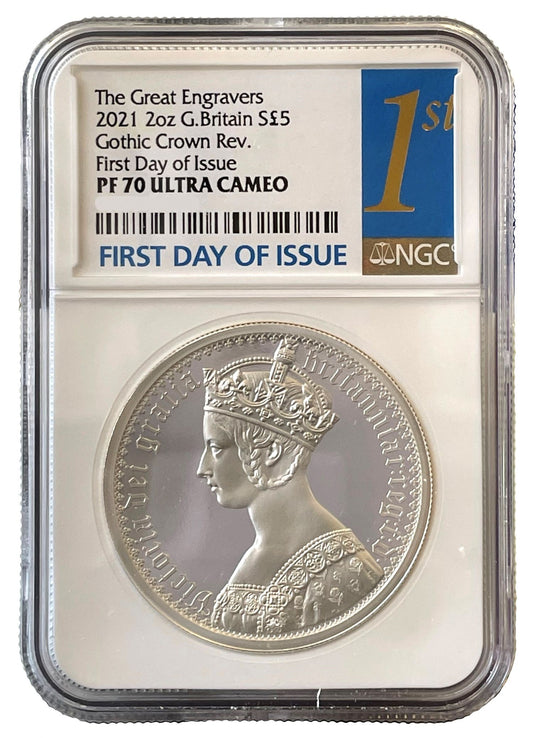FAQs
What makes a coin valuable?
I have coins to sell, what’s the next step?
How will my purchases be shipped?
What happens if I’m not entirely happy with my purchase?
George III 1763 Northumberland Shilling
George III (1760-1820), silver Shilling, 1763, so-called Northumberland type, young laureate and draped bust right, Latin legend and toothed border surrounding, GEORGIVS. III DEI. GRATIA. rev. crowned cruciform shields, garter star at centre, date either side of top crown, Latin legend and toothed border surrounding, M.B.F. ET. H. REX. F.D. B.ET. L. D. S. R. I. A. T ET. E. weight 5.96g (ESC 1214; Bull 2124; S.3742). Toned, a pleasing extremely fine.
The Latin legends translate to on obverse "George III by the Grace of God" continuing on the reverse in abbreviated Latin which if in shown in full reads "Magnae Britanniae Franciae ET Hiberniae Rex Fidei Defensor Brun ET Lunebergen-sis Dux, Sacri Romani Imperii Archi-Thesaurius ET Elector" and translates as "King of Great Britain, France and Ireland, Defender of the Faith, Duke of Brunswick and Luneberg, High Treasurer and Elector of the Holy Roman Empire."
The Northumberland Shilling is so called because the Earl of Northumberland as the new Lord Lieutenant of Dublin in 1763 distributed £100 worth of these new coins, some two thousand pieces whilst parading on the streets of Dublin in Ireland.
An old ticket accompanies this piece written in the hand of one of the earlier generations of the Baldwin family (early 20th Century) mentioning the £100 worth given out, and falsely giving the impression that £100 worth was the sum total issued, when in fact the calendar year of 1763 represented an output of 2,629 pounds in weight of silver for coinage. The coinage of 1763 consisted of maundy denominations and shillings only, and probably means that circa 100,000 shillings plus would have been issued which is still a very small figure as annual mintage goes.
Provenance:
Purchased privately from Spink and Son Ltd. 1994.
This coin illustrated in "Coinage and Currency in Eighteenth Century Britain, The Provincial Coinage" by David W Dykes, page 38, number 34.
FAQs
What makes a coin valuable?
I have coins to sell, what’s the next step?
How will my purchases be shipped?
What happens if I’m not entirely happy with my purchase?













